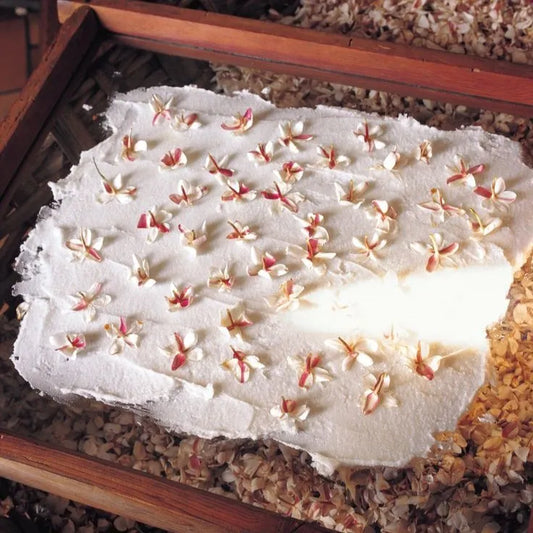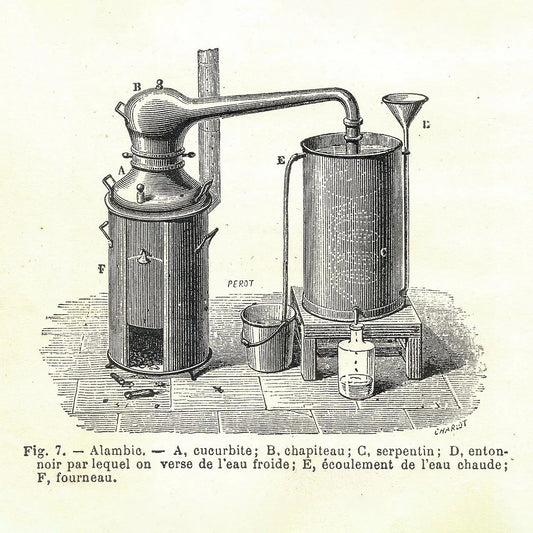With the rise in popularity of essential oils in the 2010s, the oils have made the transition from products available only through house parties or specialty retailers into the mainstream. Essential oils can now be purchased individually in supermarkets and in drug, discount, and big box stores, making them readily accessible to anyone who wants to try them.
This means that consumers have the opportunity to purchase essential oils without the pressure of a salesperson hovering at their elbow, encouraging them to buy a pricey “starter set” that contains many more products than they will actually use. A customer who simply wants to spritz some lavender essential oil in the bedroom to improve sleep can buy a bottle of lavender without feeling an obligation to buy other scents at the same time. Even the least adventurous consumer can dabble in essential oils without putting too serious a dent in the weekly budget.
This also means that more consumers will have questions about essential oils, their various uses, and the methods for using them correctly. Finding reliable information can be tricky (hence the purpose of this book), with a great deal of misinformation rising to the top of Google searches, and even more filtered through friends, neighbors, and family who may know just enough about essential oil usage to be dangerous to others. For a product line so often linked to therapeutic and medicinal use, essential oils generally do not come with dosage or usage instructions, leaving a great deal of the responsibility for administering them safely to the consumers themselves.
In addition, essential oils now occur in hundreds of food products, especially those labeled “natural” or “organic.” Many essential oils in foods are used for their fungicidal or antimicrobial properties, not to flavor the foods, and they are applied in carefully measured amounts to do the job required. For careful consumers who read ingredient lists on the packaged products they buy, the appearance of essential oils in these lists may send the message that all essential oils are safe for consumption, a piece of misinformation that has the potential for harm.
Essential oils are especially prevalent in cosmetics, including perfumes, skin care lotions, shampoos, conditioners, and styling products. They lend pleasant scents to these formulations, but they also can provide nourishment for hair and skin, making products that contain them particularly desirable. Marketing messages about “natural essential oils” in these products lure consumers into believing that “[i]f it’s natural, it must be good.” While this may be true for most of these products, consumers need to be cautious about buying them specifically because they contain essential oils, as the oils the manufacturer selected may not actually do what the company says they do.
With essential oil sales expected to grow at a rate of as much as 9.65 percent by 2025, according to Fortune Business Insights, this is a time in which consumers need to be more informed than ever about essential oils and their use in packaged products, as well as their capabilities as over-the-counter therapeutics. Consumers are likely to encounter essential oils and their accessories—diffusers, sprayers, storage bottles for blends, and so on—in many aspects of their lives, from hair salons and spas to endcaps at the grocery store checkout counter. Those who want to experiment with the oils will need real information about what they are, what they can do, and what they cannot achieve for the user.
As in all purchases, consumers need to be aware of what they are buying and why, especially when buying individual essential oils or commercial blends. These oils are not cheap (at least, not when they are the real thing), so consumers need to do some homework before spending money on an oil that does not do the thing they most want it to do.





